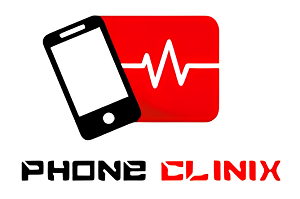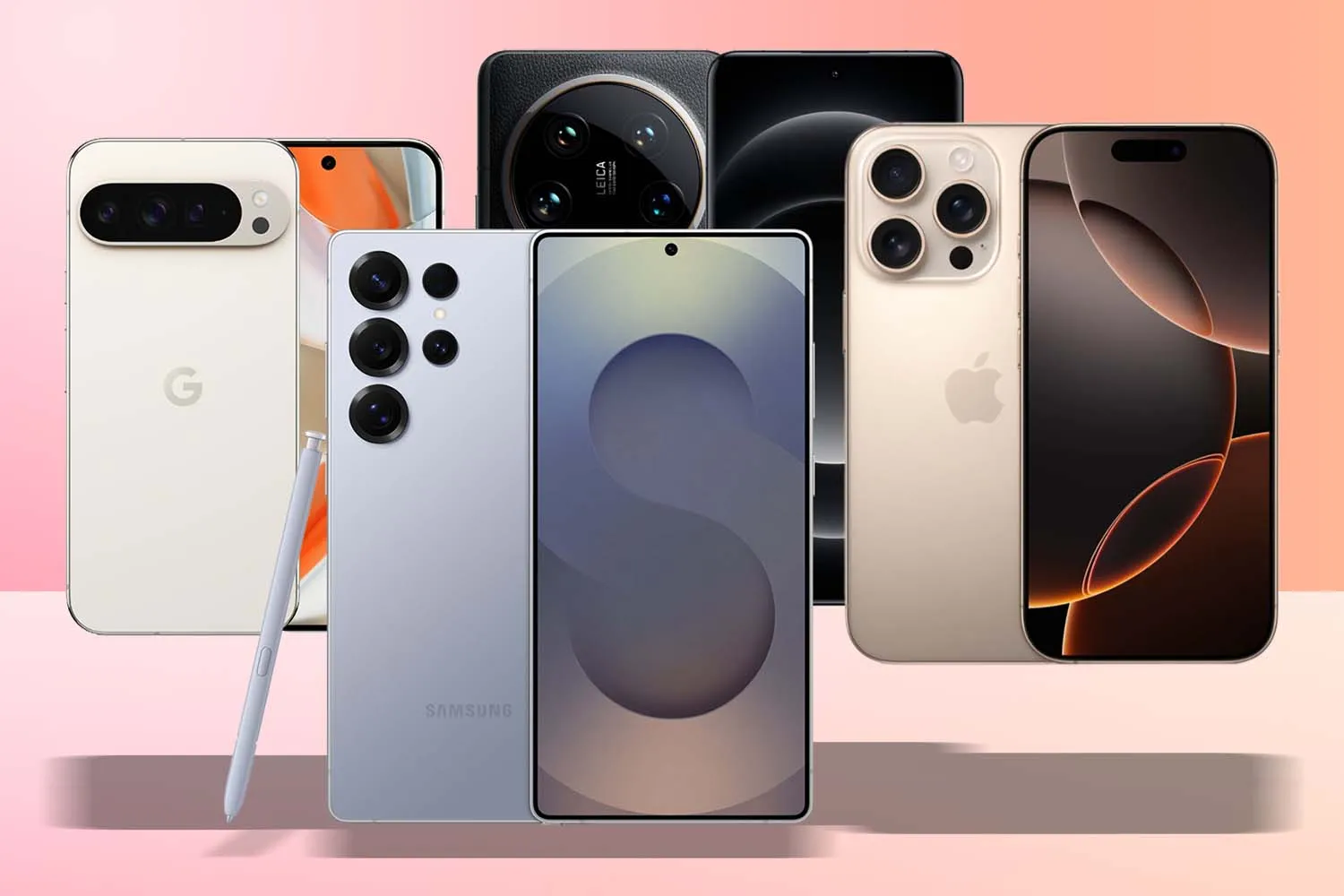In an era where smartphones are essential tools for communication, productivity, and entertainment, it’s easy to overlook the fact that these devices are also complex machines prone to wear and tear. Cracked screens, dead batteries, malfunctioning cameras issues like these are all too common. While many people rush to the nearest service center at the first sign of trouble, a growing number of users are taking matters into their own hands through DIY diagnostics and repairs.
With the right tools, a bit of patience, and effective phone diagnostic software like PhoneClinix, repairing your own device is not only possible but also empowering. Whether you’re a tech enthusiast or just someone looking to save time and money, choosing a repair-friendly phone can make all the difference. In this article, we’ll explore the best phones for DIY repairs and diagnostics, the tools you need to get started, and how PhoneClinix can simplify the entire process.
Why DIY Smartphone Repair Is Gaining Popularity
DIY phone repair has been on the rise for several reasons:
- Cost Savings: Repairs can be expensive, especially if they involve service fees or out-of-warranty parts.
- Sustainability: Repairing instead of replacing reduces e-waste and promotes environmental responsibility.
- Accessibility: Thanks to online tutorials and tools like PhoneClinix, diagnosing and fixing issues is more manageable than ever.
- Right to Repair Movement: Consumers are advocating for the right to repair their devices, pushing manufacturers to make phones more accessible.
To get started, you’ll need a reliable smartphone, basic repair tools, and phone diagnostic software that can guide you through testing and troubleshooting — and that’s where PhoneClinix comes into play.
What Makes a Phone Good for DIY Repairs?
Before we dive into the best phones for DIY repairs, let’s understand what features make a phone repair-friendly:
- Modular Design: Phones that have components that can be individually replaced or upgraded.
- Accessible Hardware: Devices that can be opened without specialized tools or risking damage.
- Availability of Spare Parts: Easy access to replacement parts like batteries, screens, and buttons.
- Repair Guides: Step-by-step instructions or video tutorials from manufacturers or communities like iFixit.
- Compatibility with Phone Diagnostic Software: Software that can identify problems and verify repairs, like PhoneClinix.
The Best Phones for DIY Diagnostics and Repairs
1. Fairphone 5
Repairability Score: 10/10 (iFixit)
The Fairphone 5 is built with repairability at its core. It features a modular design where components like the display, camera, battery, and even charging port can be swapped out with minimal effort. It’s ideal for environmentally conscious users and DIYers.
Why it’s ideal for DIY repairs:
- Modular design with labeled components
- Official spare parts available online
- Works flawlessly with diagnostic tools like PhoneClinix, helping users detect issues before disassembling the device
2. Google Pixel 7a
Repairability Score: 7/10
The Google Pixel 7a balances flagship performance with decent repairability. Google has partnered with iFixit to make spare parts and guides more accessible, making this device a solid choice for DIY repairs.
Benefits:
- Clean internal layout
- Battery, screen, and USB-C port are replaceable
- Supported by PhoneClinix for software-level diagnostics, battery health monitoring, and sensor testing
3. iPhone SE (2022)
Repairability Score: 6/10
While Apple devices are often difficult to repair, the iPhone SE (2022) is a refreshing exception. It’s simpler in design compared to higher-end iPhones and is supported by Apple’s Self Service Repair initiative.
Why it’s DIY-friendly:
- Straightforward internals
- Repair kits available directly from Apple
- Compatible with PhoneClinix and other iOS diagnostic apps for screen, speaker, and battery testing
4. Samsung Galaxy S22
Repairability Score: 4/10
The Samsung Galaxy S22 is part of Samsung’s move toward greater repairability. While not as easy to repair as modular phones, it’s becoming more accessible thanks to Samsung’s collaboration with iFixit.
What makes it usable for DIYers:
- Official spare parts and repair manuals now available
- PhoneClinix can help diagnose camera, screen, and connectivity issues without opening the phone
- Solid Android support for most third-party diagnostics
5. Moto G Power (2022)
Repairability Score: 7/10
For users on a budget, the Moto G Power (2022) is a standout option. It’s affordable, simple to disassemble, and uses standard screws and parts.
DIY advantages:
- Easy to open and replace parts like the battery and display
- Compatible with PhoneClinix for thorough diagnostics
- Good community support for repairs and troubleshooting
The Role of Phone Diagnostic Software in DIY Repairs
Before you even pick up a screwdriver, it’s crucial to know exactly what’s wrong with your phone. That’s where phone diagnostic software like PhoneClinix proves invaluable.
What Is PhoneClinix?
PhoneClinix is an all-in-one diagnostic tool designed to help users run hardware and software checks on their smartphones. It is built for both Android and iOS platforms and offers a user-friendly interface that allows you to:
- Run more than 25 diagnostic tests on your phone’s components
- Identify battery degradation, faulty sensors, or screen issues
- Get step-by-step repair suggestions based on diagnostic results
- Save diagnostic reports for future reference or technician support
Whether you’re checking a phone after a drop or verifying a fix, PhoneClinix ensures you’re not working blind.
Features of PhoneClinix That Support DIY Repairs
Here’s how PhoneClinix helps streamline your DIY repair process:
- Battery Diagnostics: Check charging capacity, health status, and temperature fluctuations.
- Touchscreen Test: Identify dead zones or unresponsive areas.
- Camera & Flash Test: Diagnose blurry lenses, auto-focus issues, and flash malfunctions.
- Speaker & Microphone Test: Detect crackling audio or microphone dropout.
- Connectivity Check: Test Wi-Fi, Bluetooth, and GPS performance.
These diagnostics help you isolate the problem before opening your phone, reducing the risk of unnecessary repairs or part replacements.
Tips for a Successful DIY Repair
- Use the Right Tools: Invest in a good tool kit with precision screwdrivers, plastic prying tools, and tweezers.
- Watch Tutorials: Websites like YouTube and iFixit offer detailed walkthroughs for most phone models.
- Work in a Clean Area: Dust and static can damage phone internals. Work on a clean, static-free surface.
- Label Parts: Keep screws and components organized. Use labeled containers or magnetic mats.
- Use PhoneClinix First: Always run a full diagnostic with PhoneClinix before and after any repair to validate your fix.
Final Thoughts
Choosing the right smartphone can make DIY repairs far easier and more satisfying. From modular designs like the Fairphone 5 to budget-friendly options like the Moto G Power, there’s a device out there for every type of repair enthusiast. But even more important than the hardware is your ability to understand what’s wrong and that’s where PhoneClinix, a leading phone diagnostic software, becomes your best companion.
Whether you’re a beginner taking your first step into the world of smartphone repairs or a seasoned tinkerer, PhoneClinix gives you the tools to diagnose problems accurately and fix them with confidence.



